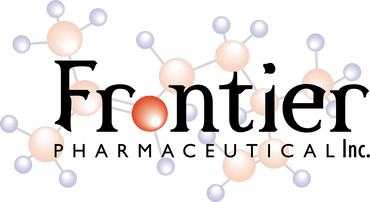Active vs Stabilized Chlorine Dioxide
Active and Stabilized chlorine dioxide are not the same. The term, "Stabilized Chlorine Dioxide", is misleading - as there is little or no chlorine dioxide in these products.
Stabilized chlorine dioxide products are prepared by buffering sodium chlorite with carbonate or phosphate and hydrogen peroxide. This stabilizes the chlorite, not chlorine dioxide. Stabilized chlorite is not the same as chlorine dioxide, and does not have the same oxidizing properties. The oxidizing action of chlorite is much lower, and is far less useful. Another main difference between the two compounds is that chlorine dioxide is a gas, and sodium chlorite is a salt.
To make Active chlorine dioxide, an acid is mixed with chlorite, which slowly releases the gas. The gas is then captured in a solution or gel. This reaction normally requires high acidity (low pH). Frontier's proprietary DioxiCare® System, however, speeds the release of chlorine dioxide at mild acidity (closer to neutral pH). The resulting product is then optimized for use on the body.
The manufacturers of stabilized chlorine dioxide appropriate the term "stabilized" to capitalize on the beneficial properties of chlorine dioxide. The misleading stabilized chlorine dioxide phrase has become popular by effective marketing. Many people refer to it without knowing the difference, and research papers incorporate it incorrectly. The stabilized manufacturers "justify" the misnomer by stating that the term has been in use for some time.
Frontier's new single part active chlorine dioxide complex is stable in a single solution but has no relation in chemistry to so called "stabilized chlorine dioxide" products.


